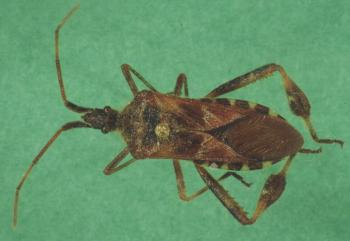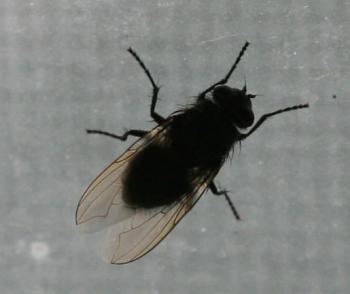
Asian lady beetles
Bugs Getting Into the House
ADVERTISEMENT
Hi
I've been told (and successful) in reducing/eliminating ants with this.
I understand it is pretty safe to use.
I've put some mixed with sugar and peanut butter under my sink (and under the stove) to prevent ants from coming in.
Can it do anything for these bugs - and the spiders that keep running out from under my couch?
Thanks !!! Love your articles !!!!
In the fall we have alot of Asian Lady Bettles. They are orange and black and they most definitely do bite.
Yes, Asian lady beetles are capable of biting! You can tell them apart from harmless North American ladybugs by look at the pattern on their heads: Asian lady beetles have a black M- or V-shaped marking on their heads.
Asian beetles are 'orange' and real Ladybugs are red. Yes Asian beetles bite.
All my adult life I've been told lady bugs don't bite . I disagree--and I get upset when I see mother's allow lady bugs to crawl on their children's little hands and think it is cute! I was hanging clothes on the line, to dry - and a Lady Bug lit on my thumb and bit Me!! It made a hole in my thumb.. like it took out a `plug'. Please mom's-- don't allow these cute bugs to crawl on your babies!!!!
This article states that none of them bite. This incorrect the Asian ladybug does bite.
What can you tell me about bugs that store themselves in old wood from salvage or restoration as in old barn wood?
You can have the wood treated by temperature ie freezing or heating if it is important to you. It can be expensive depending on the quantity of wood and your location but it is possible to do. Some people reclaim wood that was from the front porch of say their grandfathers porch and it might have had some bad insect damage. It could be treated by chemical but the process would destroy the wood due to age. Some companies can use freezing and thawing at specific rates to kill all adult and larval stages of insect life without further damage to the wood and then you can treat the wood with any kind of stain or varnish to protect it you like. A friend did it and it was VERY expensive but it was for a small hallway and very sentimental so for him it was worth it to come home every day and walk in to the same boards his father had walked into as a small child. Might be worth looking into if you haven't already solved your problem.
Ditto what Anna said. Asian beetles BITE! I don't care for insecticides, but I do spray or spread bug killers around foundation. Better that than having a brown recluse climbing into my lap while I'm watching TV. Been there.











